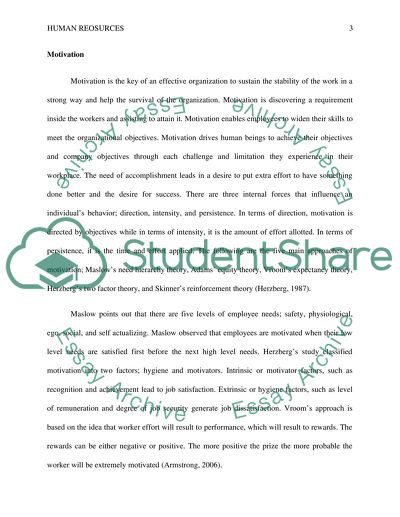Cite this document
(Factors Affecting the Performance of Employees Research Paper, n.d.)
Factors Affecting the Performance of Employees Research Paper. Retrieved from https://studentshare.org/human-resources/1598120-the-place-of-current-employment
Factors Affecting the Performance of Employees Research Paper. Retrieved from https://studentshare.org/human-resources/1598120-the-place-of-current-employment
(Factors Affecting the Performance of Employees Research Paper)
Factors Affecting the Performance of Employees Research Paper. https://studentshare.org/human-resources/1598120-the-place-of-current-employment.
Factors Affecting the Performance of Employees Research Paper. https://studentshare.org/human-resources/1598120-the-place-of-current-employment.
“Factors Affecting the Performance of Employees Research Paper”, n.d. https://studentshare.org/human-resources/1598120-the-place-of-current-employment.


